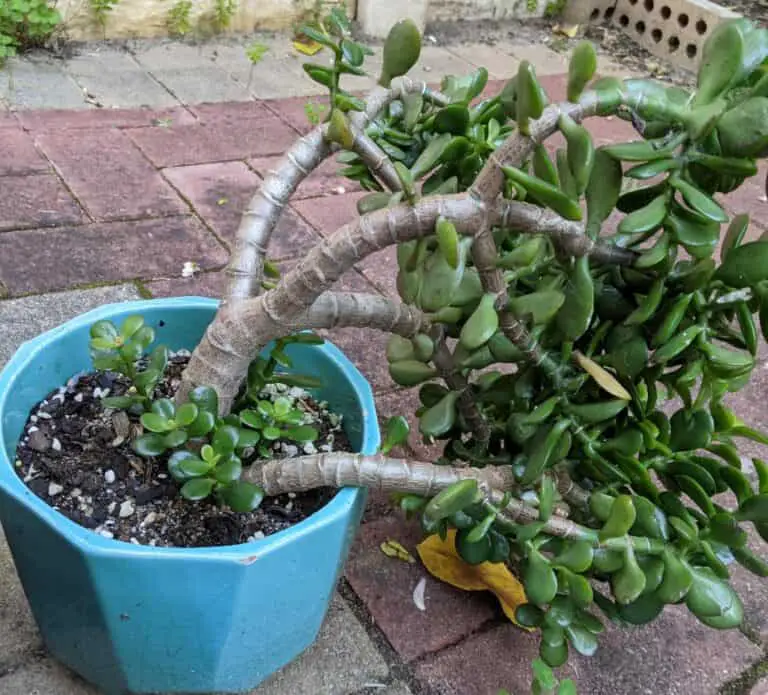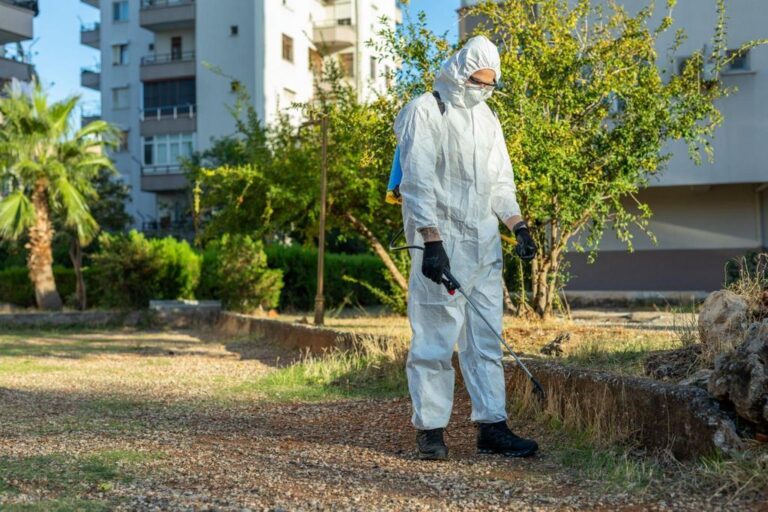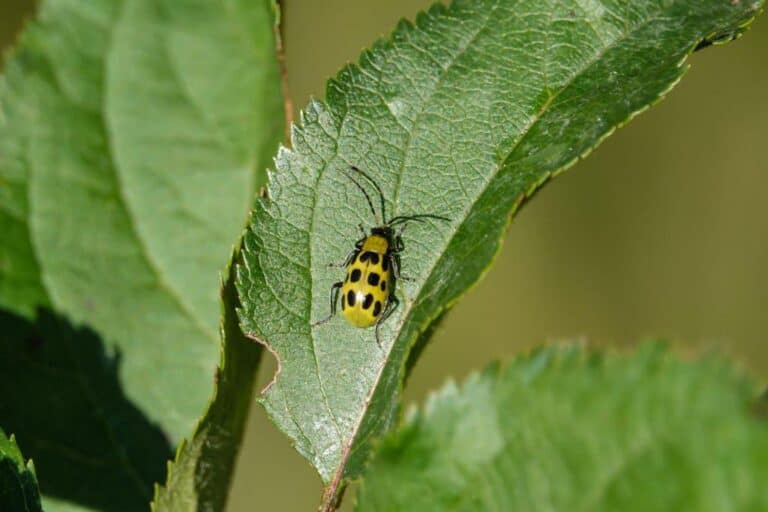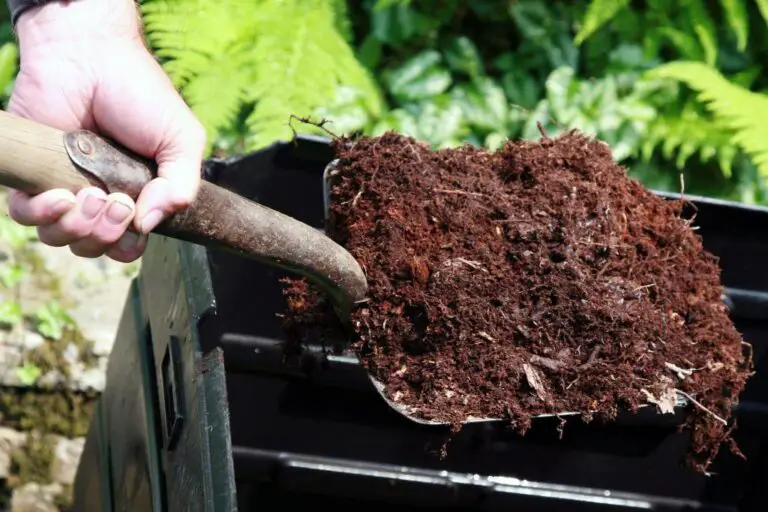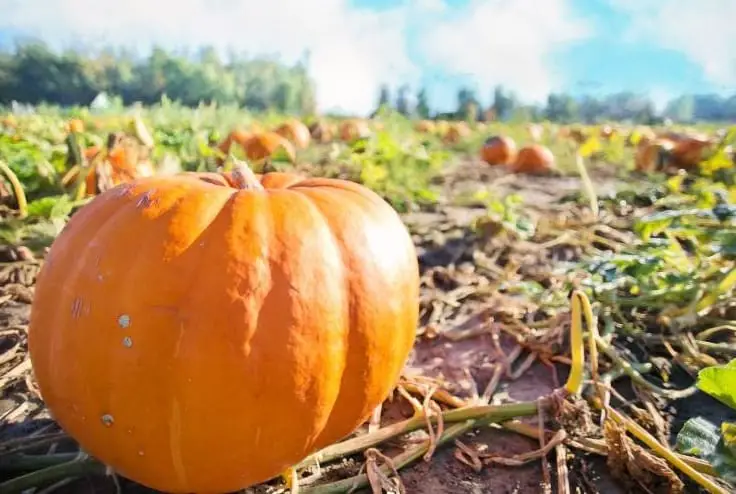Birds Eating Your Grass Seed? Try These 6 Effective Prevention Tips
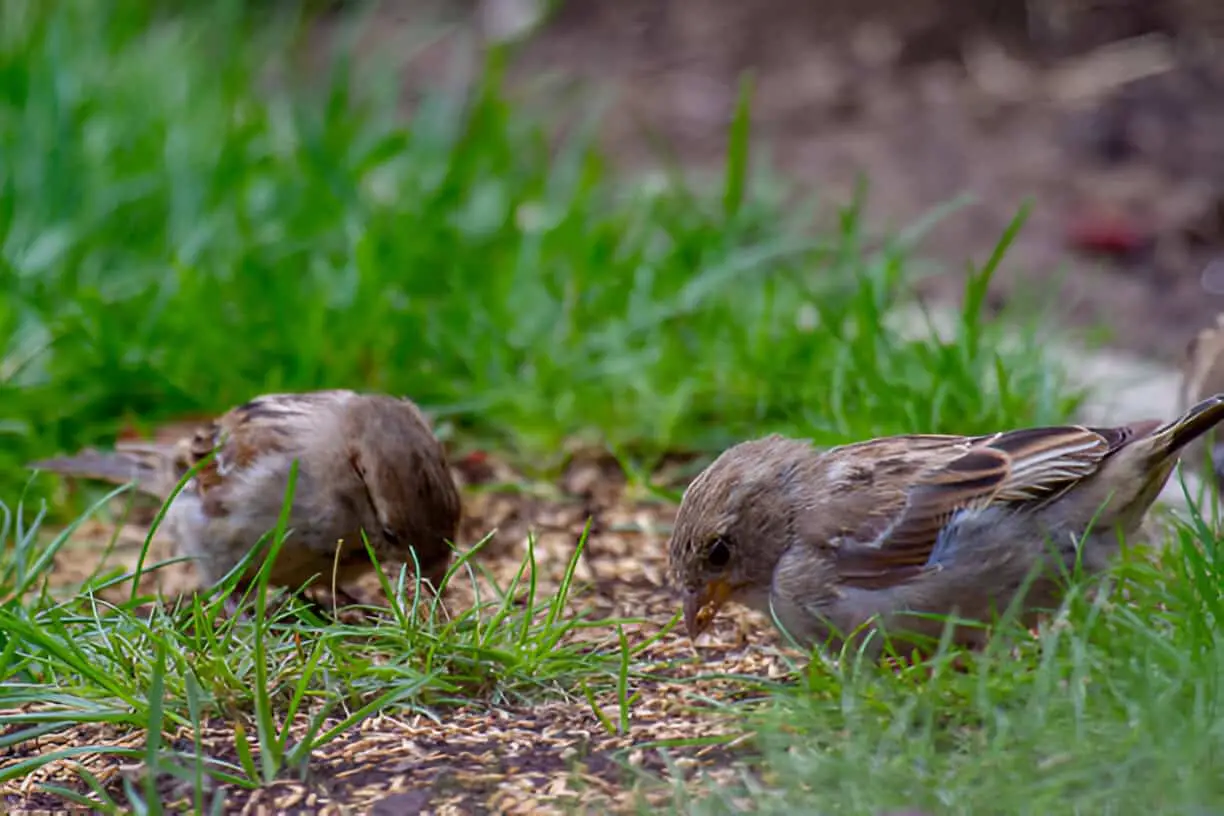
Let me tell you, birds are usually my little garden buddies. I mean, who doesn’t love waking up to a sweet morning chorus of chirping? But when it comes to planting grass seed, my feathery friends quickly become foes. It turns out birds have a serious appetite for grass seed, no matter what variety you’re using—whether it’s fescue, St. Augustine, or even Kentucky bluegrass. To them, your freshly seeded lawn is basically an all-you-can-eat buffet.
But don’t lose hope just yet. I’ve found some tried-and-true methods to keep birds from gobbling up your precious grass seed, and I’m going to share them with you.
1. Bury That Seed Deeper in the Soil
First things first: if you want to keep the birds from getting at your grass seed, you need to think like one. Birds are scavengers by nature, always poking around at the surface for simple meals. They rarely dig into the ground for food, so planting your grass seed just a bit deeper than usual can make all the difference.
I recommend burying your grass seed at least a half-inch below the surface. It’s not rocket science, just an easy tweak that keeps the seed out of reach from the beaks. Plus, deeper planting can also help anchor the seeds, giving them a better chance to take root without interference.
| Tip | Depth of Seed |
| Optimal planting depth | ½ inch deep |
| Bird risk level | Very low if seeds are properly buried |
2. Cover with Straw or Pine Needles

You know what they say—out of sight, out of mind. And that’s definitely true when it comes to birds and your grass seed. After you’ve scattered your seed, throw a protective layer of straw or pine needles over the top. I usually go for straw, but pine needles work great too, especially if you’ve got some lying around the yard.
The key here is to keep the layer thin. You don’t want to smother your seeds—just give them a little camouflage. When the birds fly over, they won’t even know there’s a tasty snack underneath. It’s like throwing a blanket over a treasure chest; they can’t steal what they can’t see!
3. Put Up a Protective Net
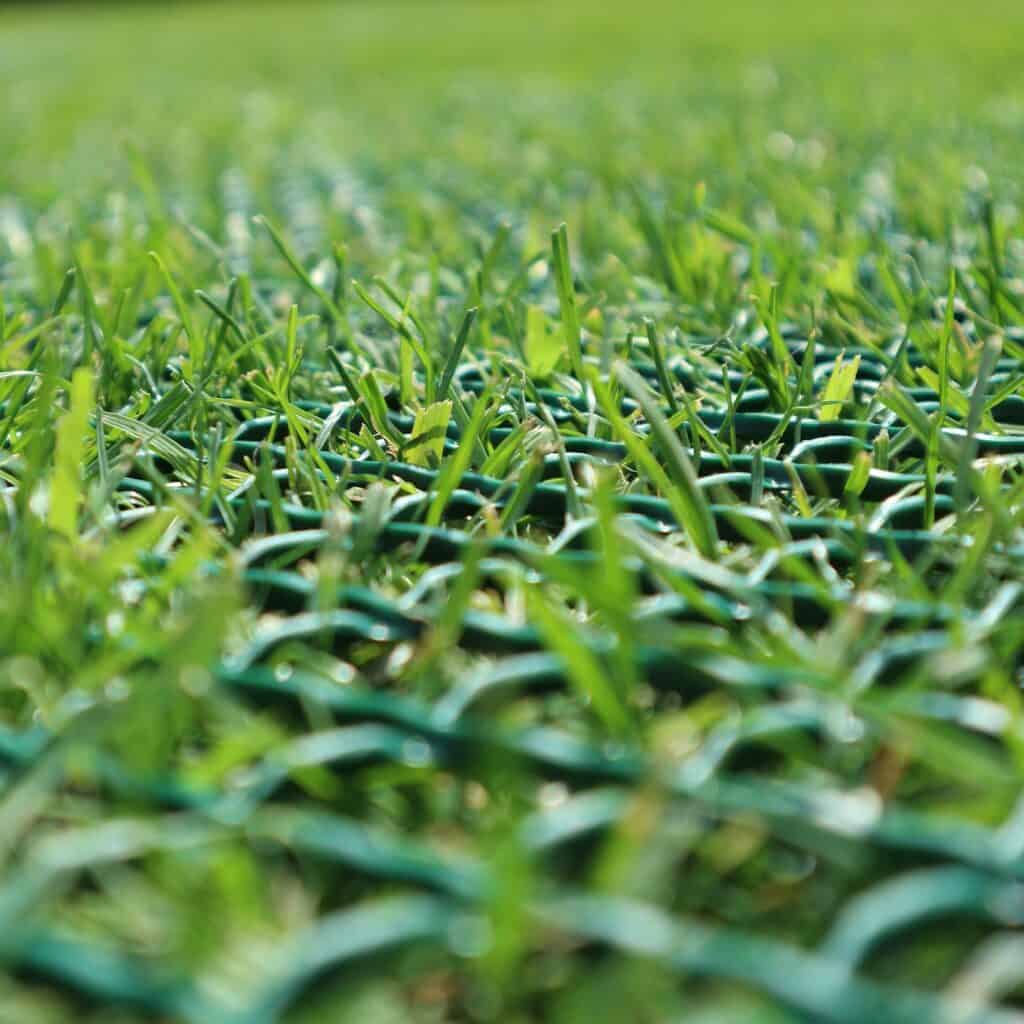
Okay, so I’ll admit, this one requires a bit more elbow grease. Installing a net over your freshly seeded lawn isn’t the easiest option, but it works like a charm. Think of it like putting a forcefield around your lawn.
Head to your local gardening store and grab some plastic mesh netting designed for this exact purpose. Simply drape it over your seed, securing the edges with stakes or rocks. Birds will have a difficult time getting through the netting, but your grass will still get plenty of sunlight and air.
I used this method when I was particularly desperate after a flock of sparrows treated my lawn like their personal dining hall. Trust me, it was a game-changer.
| Pros | Cons |
| Excellent protection | Labor-intensive to install |
| Allows sunlight and water through | May be less aesthetic for some lawns |
4. Mix the Seed with Fertilizer
Here’s a little trick I stumbled upon, and I’ve had excellent success with it. Mix your grass seed with fertilizer before sowing. The fertilizer often contains chemicals that birds don’t find very appetizing, and they’re smart enough to sense it.
Many fertilizers are not harmful to birds, but they give off a scent or contain textures that birds would rather avoid. So when you combine the two—grass seed and fertilizer—you’re essentially masking the tasty part. Birds will steer clear, leaving your seed to grow in peace.
5. Scare Them Off (Old School Style)
When all else fails, go back to the basics: scare those birds away! You don’t need to go full-on scarecrow mode (although, hey, if that works for you, go for it). I found that hanging windchimes does the trick just as well. The clanging of the metal spooks birds, and they tend to avoid the area entirely.
Other options include shiny objects like old CDs or aluminum foil strips. Birds don’t like unpredictable movements or bright flashes, so anything that disrupts their usual routine can be effective. Plus, wind chimes can add a lovely ambiance to your garden. It’s like you’re solving two problems with one solution.
| Scare Method | Effectiveness |
| Wind chimes | High |
| Shiny objects (CDs) | Medium |
| Traditional scarecrow | Moderate |
6. Offer Them an Alternative: Install a Bird Feeder
Now, this might sound counterintuitive, but hear me out: install a bird feeder. If you give the birds a dedicated source of food away from your freshly planted lawn, they’re less likely to mess with your grass seed. It’s like putting out a plate of cookies for someone to distract them from raiding your pantry.
Make sure to place the feeder in an area that’s far enough away from your seeding project. It’s also a win-win—your garden gets to stay intact, and you still get to enjoy the sight of birds fluttering around your yard without all the frustration. I’ve tried this, and let me tell you, it works like a charm.
| Pro | Con |
| Distracts birds with food | Must refill feeder regularly |
| Keeps birds in the yard | May attract more birds overall |
Wrapping It All Up: Protecting Your Lawn from Birds
At the end of the day, it’s all about balance. You can enjoy the presence of birds in your garden without sacrificing your grass seed to their appetites. With these six methods—planting seeds deeper, covering with straw, using netting, mixing with fertilizer, scaring them away, or offering a bird feeder—you can reclaim your lawn.
Every gardener faces challenges, but with a little creativity, you can outsmart even the craftiest of birds. After all, your lawn deserves a fighting chance to grow lush and green. So next time you’re sowing grass seed, give these tips a try. I guarantee you’ll see fewer birds feasting and more grass growing.

